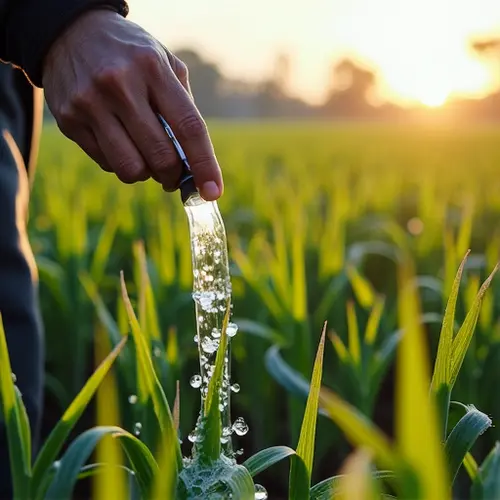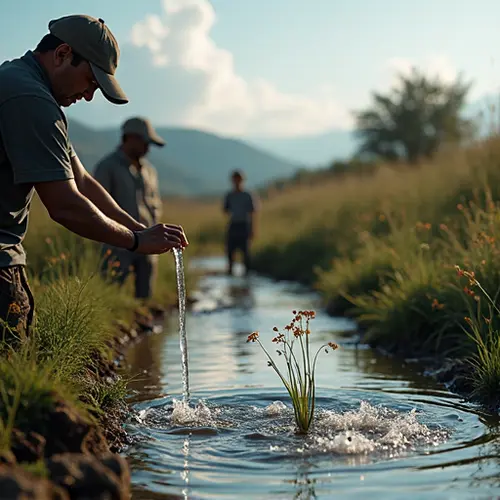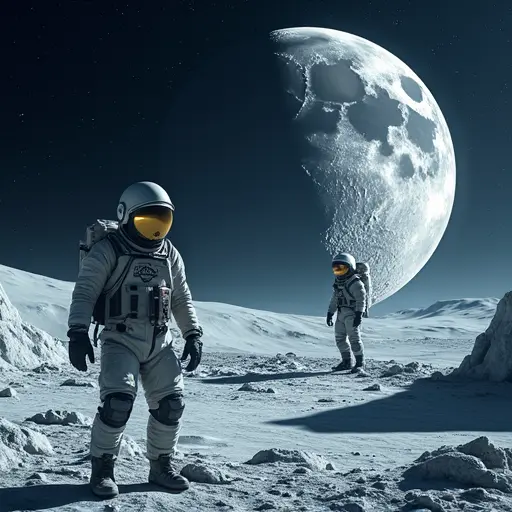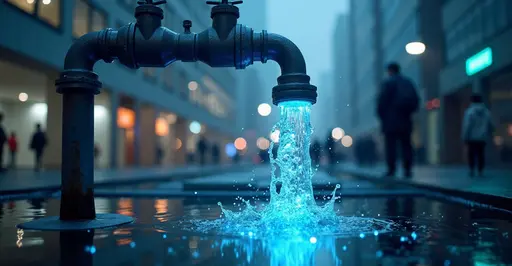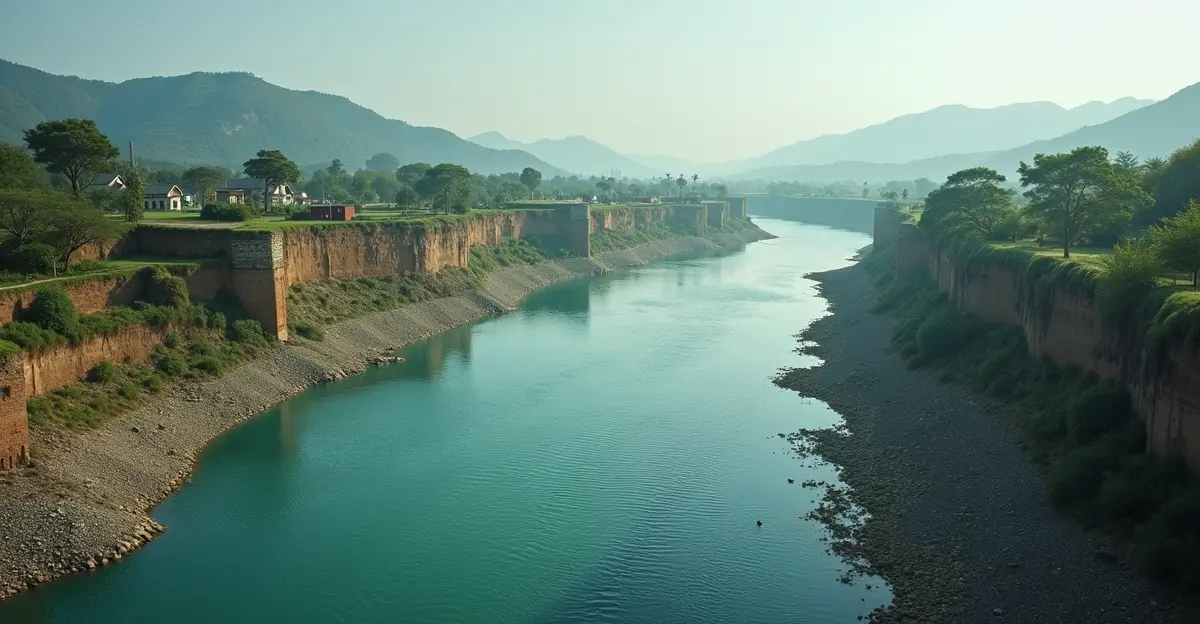
Turning Air into Drinking Water
Atmospheric water generation (AWG) technology has taken a revolutionary leap forward in 2025, offering new hope to drought-stricken communities worldwide. Recent innovations are making it possible to extract clean drinking water directly from humid air more efficiently than ever before.
How the Magic Happens
The latest AWG systems combine several approaches: cooling condensation (chilling air until water droplets form), desiccant materials that absorb moisture like sponges, and hybrid systems using solar power. A breakthrough copper-fin design with zeolite coating can produce 5.8 liters daily per kilogram of material, even at just 30% humidity. What's different now? Efficiency. New cellulose-based desiccants yield 13L/kg/day at 30% humidity, while IoT integration allows remote monitoring and optimization.
Real-World Impact
This isn't just lab talk. Major installations are happening globally:
- An Indian bank installed AWGs across five offices in April 2025
- California's Spout launched countertop home units in January
- A $26M Hawaii project will equip 1,000 homes by late 2025
Market Boom
The AWG market is exploding, projected to grow from $3.5B in 2025 to $6.2B by 2034. Asia Pacific leads adoption (37% market share), with companies like Watergen expanding rapidly. Energy concerns remain - traditional units consume significant power - but solar hybrids and new low-energy designs are solving this.
As Dr. Anika Sharma of UN Water notes: "What seemed like science fiction five years ago is now drought resilience. The challenge is making it affordable for the communities who need it most."

 Nederlands
Nederlands English
English Français
Français Deutsch
Deutsch Español
Español Português
Português



